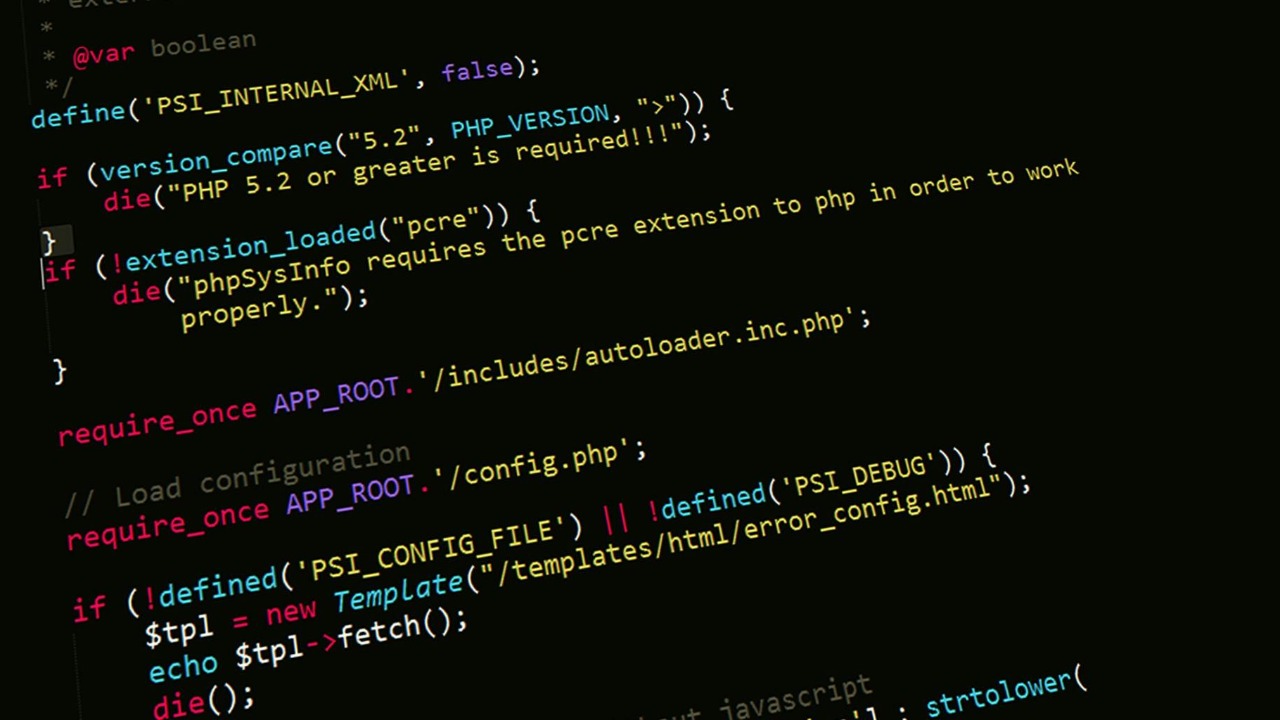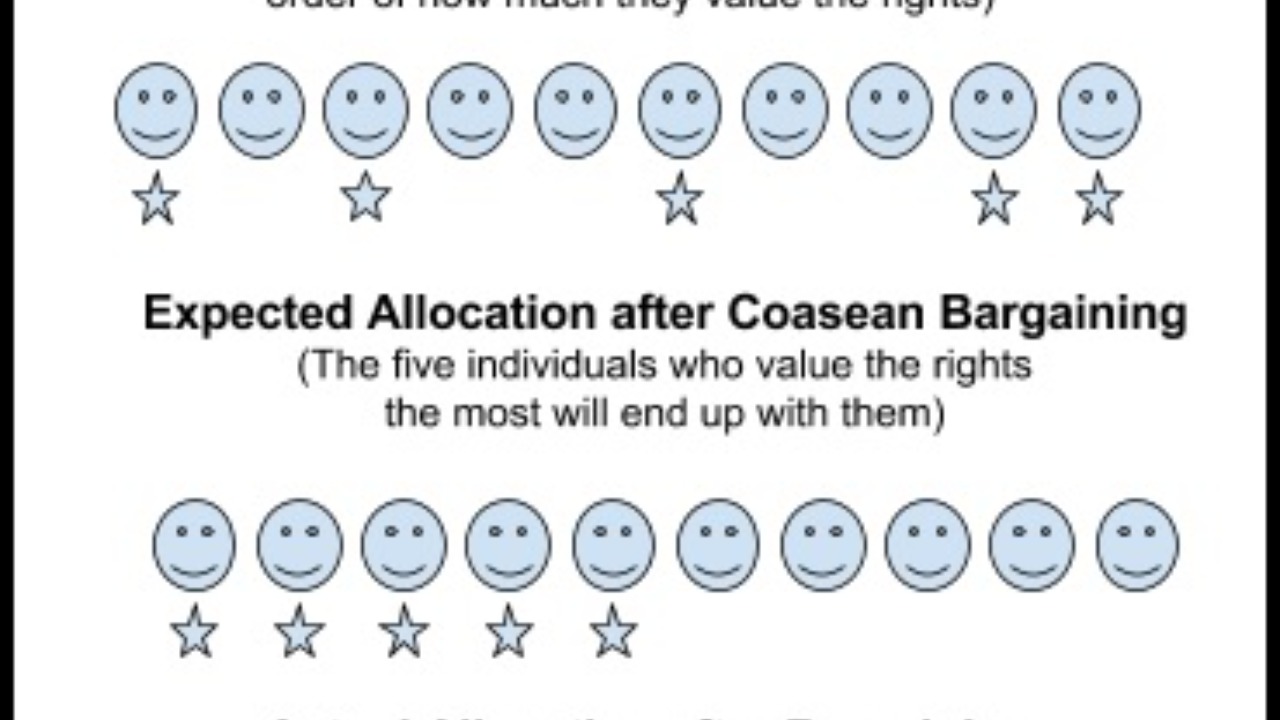
App developers have mastered the art of keeping users engaged, and psychology plays a crucial role in their strategies. By tapping into our cognitive biases and emotional triggers, they create experiences that are hard to resist. Here are five psychological tricks that app developers use to keep users coming back for more.
The Power of Variable Rewards

Variable rewards are a powerful psychological tool that app developers use to keep users engaged. By offering unpredictable rewards, similar to a slot machine, apps can trigger the release of dopamine in the brain, creating a sense of excitement and anticipation. This keeps users coming back, hoping for the next surprise or reward. Whether it’s a new level, a special badge, or a random bonus, variable rewards create a cycle of addiction that keeps users hooked.
Understanding this tactic can help users become more mindful of their app usage. Learn more about how variable rewards work by visiting this informative article.
The Illusion of Scarcity

Scarcity is a psychological principle that suggests people value things more when they are perceived as being in limited supply. App developers often create artificial scarcity by offering limited-time offers, exclusive content, or countdown timers, urging users to act quickly. This illusion of scarcity can lead to impulsive decisions, as users fear missing out on a unique opportunity.
By recognizing this tactic, users can pause and evaluate whether the perceived scarcity is genuine. For insights on how apps use scarcity to influence behavior, check out this discussion on Quora.
The Hook Model

Developed by Nir Eyal, the Hook Model is a framework used by app developers to build habit-forming products. It consists of four stages: trigger, action, variable reward, and investment. The cycle begins with a trigger, prompting the user to take action, which is followed by a variable reward. Finally, the user invests time or resources, making them more likely to engage again.
The model is designed to create a loop that keeps users coming back. For a deeper understanding of the Hook Model and its impact, explore this book.
The Zeigarnik Effect

The Zeigarnik Effect is a psychological phenomenon that suggests people remember incomplete tasks better than completed ones. App developers use this to their advantage by leaving tasks unfinished, encouraging users to return and complete them. Whether it’s an unfinished game level, a half-completed project, or a pending notification, this effect keeps users engaged by creating a sense of tension that needs resolution.
To learn more about how the Zeigarnik Effect influences user behavior, visit this resource on psychology in UX/UI.
The Endowment Effect

The Endowment Effect is a cognitive bias where people ascribe more value to things merely because they own them. App developers leverage this by offering free trials, customization options, and personal data investment, making users feel a sense of ownership. This increases the perceived value of the app, making users more likely to continue using it or make purchases.
Recognizing the Endowment Effect can help users make more informed decisions about their app usage and subscriptions. For further reading on this topic, see this academic paper.